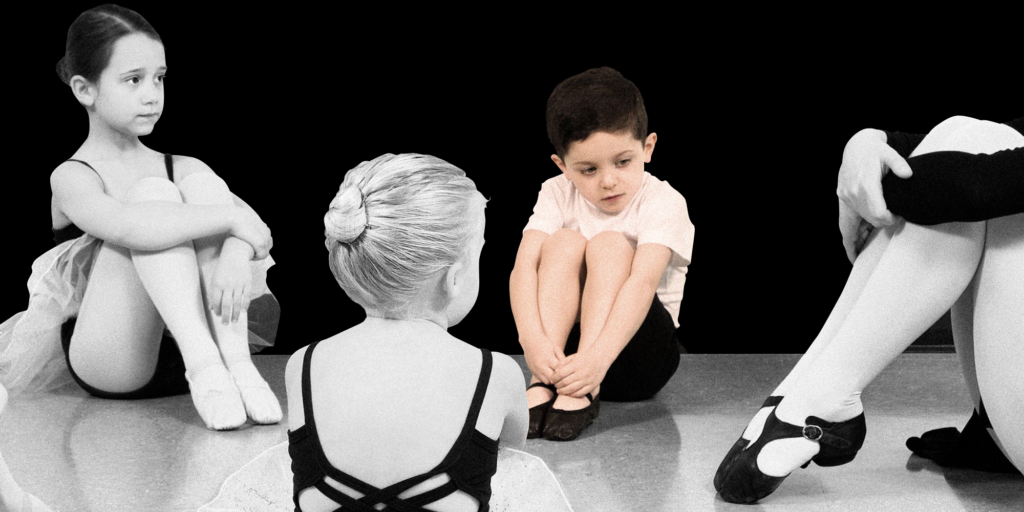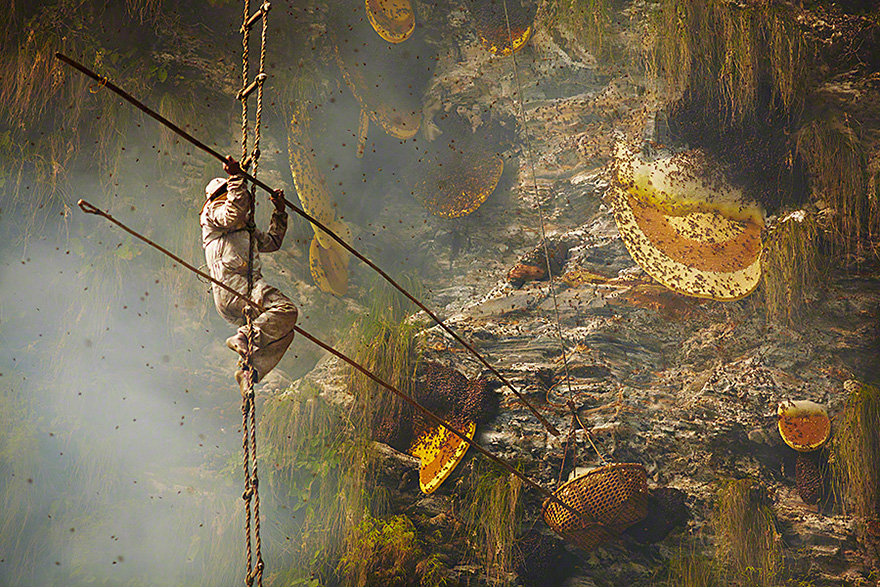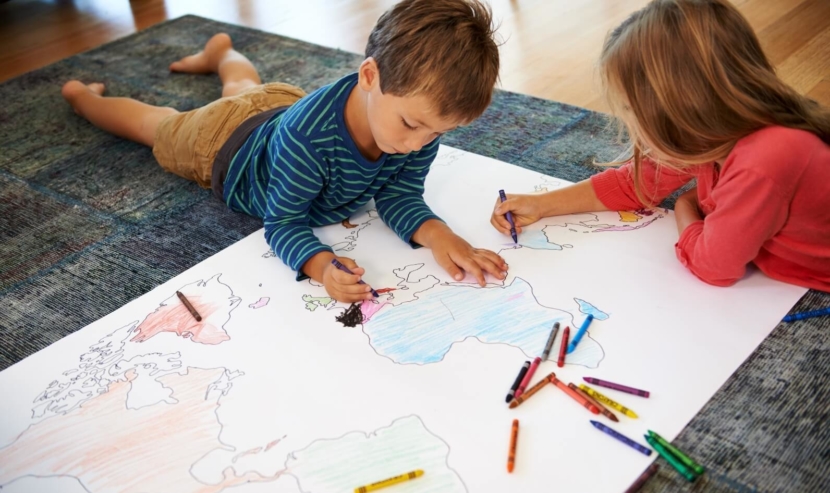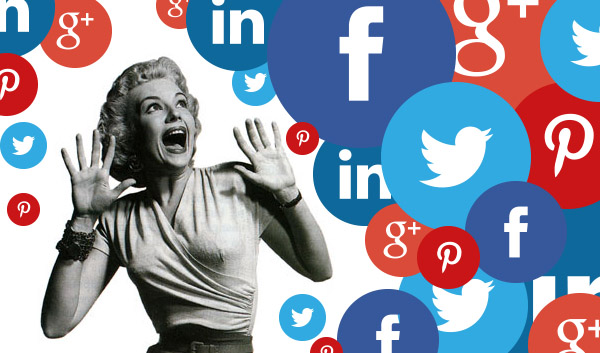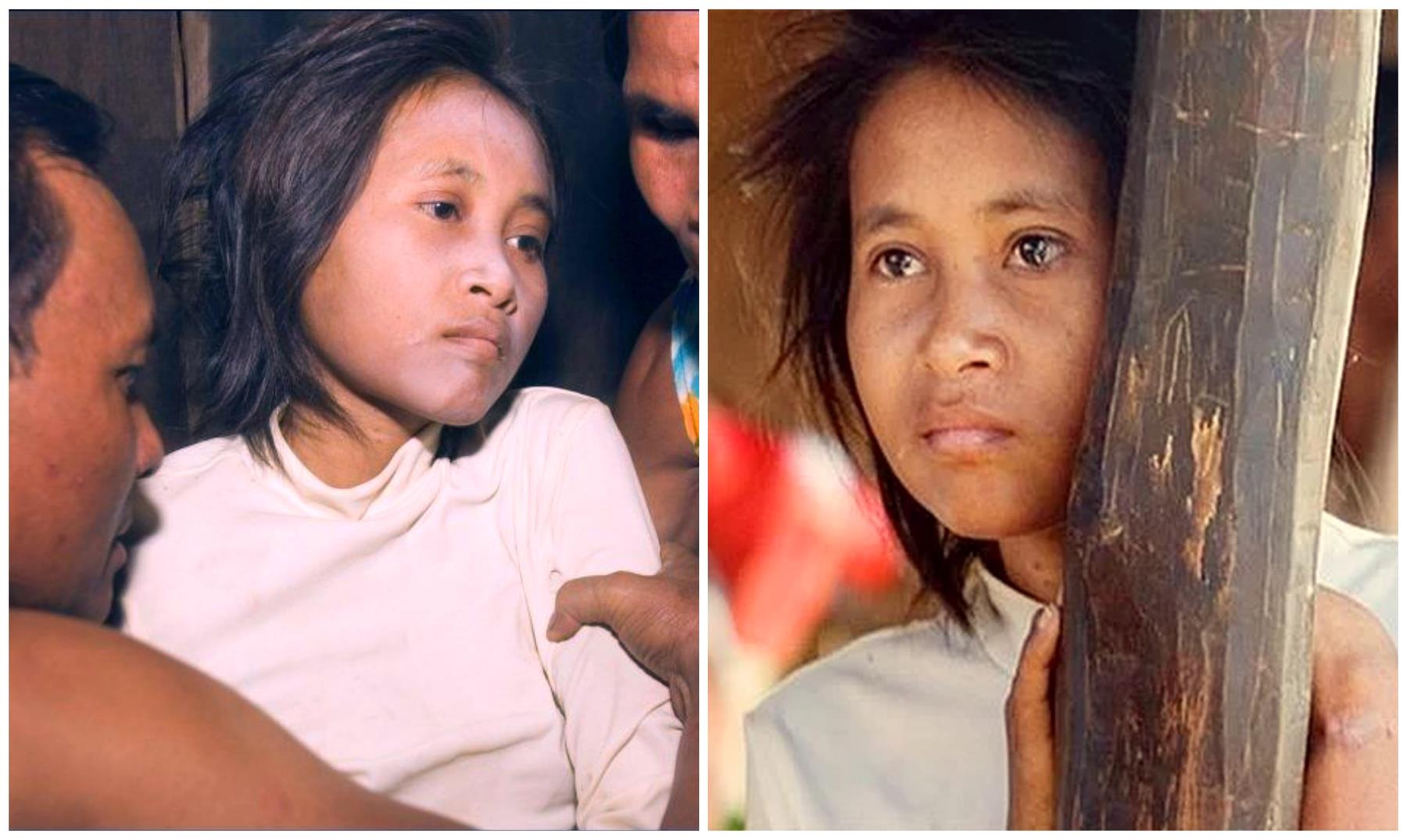Are you coupled up and thinking that your life has become somewhat routine? Take a fresh look through the eyes of an artist.
Curtis Wikland, an artist and photographer, has shared a unique way of capturing his everyday life with...
These days, gender roles are challenged constantly. With the rise of virtual relations and social media, what hope is there to define what's normal behavior anymore?
Let's try to grasp what's the meaning behind masculine and feminine, first - in...
Darius Brown is not your average 12-year-old. He was inspired to help out those in need from an early age, as he always had a warm, compassionate heart. He learned how to sew at the age of 8 and...
The renowned travel photography expert, Andrew Newey takes us on a journey of discovery through his beautiful pictures of the Gurung tribe, captured during one of their bi-annual honey hunting ceremonies.
The courageous and skillful hunters brave the cliffs for...
Drawing is one of the easiest ways children can communicate with the outside world, in the early days of development. Lacking sophisticated vocabulary to tell you about their complex emotions, kids will stick to drawing exactly what they have...
It's pretty certain that the majority of the population is using some form of social media to communicate. But to what extent and what cost?
It's worth mentioning Twitter's trending hashtag #DeleteFacebook. It's not all fun and games for everyone,...
What happens when children are left out in the wild, without any human care or nurturing?
There were more than a hundred occasions registered of so-called feral children in the world. The expression refers to the fact that these children...
The popularity of Harry Potter movies was a great opportunity for the child actresses and the emerging adult actresses to build a successful career. We’ve collected a list, of Harry Potter movies’ young actresses and not so young actresses’...
A considerable amount of people today are suffering from a condition known as high blood pressure or hypertension. It is the condition where the speed of the blood inside the blood vessels increases to an alarming level.
Toxoplasmosis might be even scarier than it seems at first. Studies show that even after getting rid of the parasite, it might cause lasting damage to the brain's metabolism and can cause serious personality changes.
The organism itself can be...



